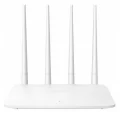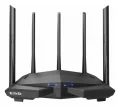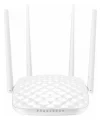Tenda AC7 router review
Tenda introduced the AC7 router in 2018. It is powered by Realtek RTL8197FH @ 1 GHz chipset, 64 MB of RAM, and 8 MB of flash memory.
Curious if this Tenda router is a real gem? Keep scrolling!
Table of Contents
- Tenda AC7 specifications
- Body, dimensions, weight
- System, chipset, RAM, flash, power supply
- Network, protocols, WAN and LAN ports
- Wireless, antennas, speed, security
- Connectivity
- Administration, user interface, login information
- Links
- Verdict, Pros and Cons
- Photos
- Comparisons
Our personal experiences and opinions form the basis of this article. We aimed to share insights on a topic, and we hoped others would find it useful and inspirational. If you noticed any mistakes or missing details about the Tenda AC7, please let us know.
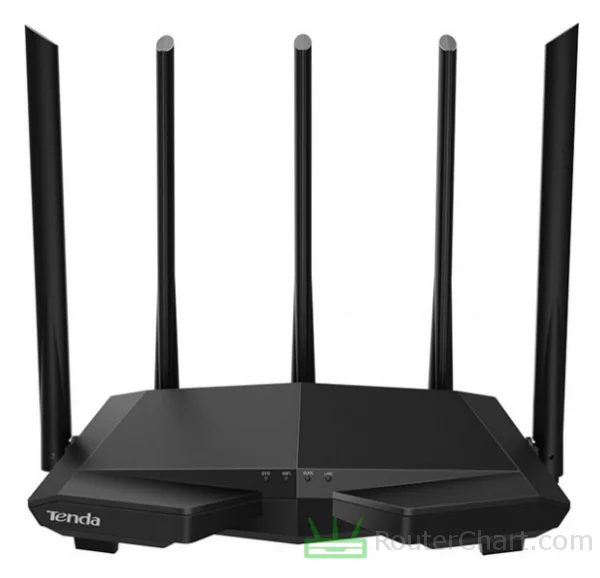
The AC7 is a good choice for users. It is reliable and feature-rich, and it supports the latest Wi-Fi 6 technology. Tenda is known for being a respected and well-known maker of networking equipment.
Tenda AC7 specifications
| Brand | Tenda |
|---|---|
| Name | AC7 |
| Type | AC7 |
| Rating | |
| Launch | 2018 |
Body
| Dimensions | 220 x 141.5 x 49 mm |
|---|
If you plan to move a lot and need to take your router with you, the size is important. Otherwise, the size isn't too crucial.
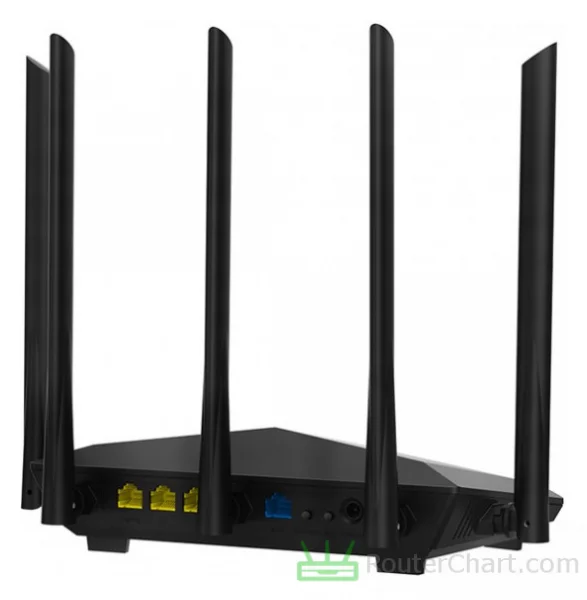
System
| Chipset | Realtek RTL8197FH @ 1 GHz |
|---|---|
| RAM | 64 MB |
| Flash | 8 MB |
| OS | Tenda |
| Power supply | 9 V / 1 A |
The Realtek RTL8197FH @ 1 GHz CPU provides processing power. You cannot expand the router's memory (64 MB). When selecting a router, it's essential to think about the RAM specifications.
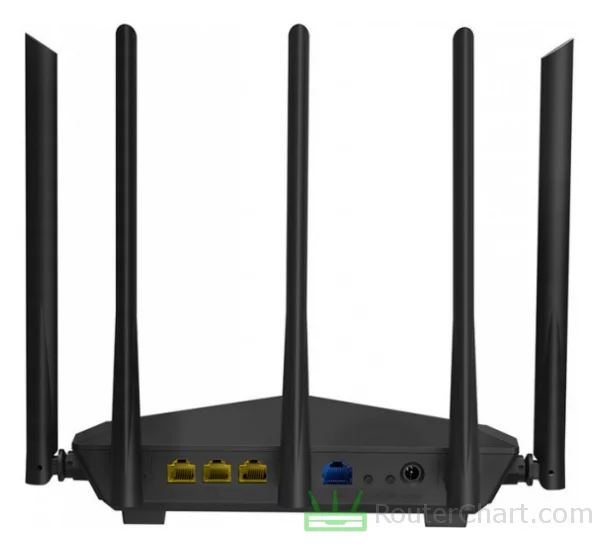
Network
| Protocols | IPv4 IPv6 |
|---|---|
| LAN ports | 3 x 10/100/1000 Mbps |
| WAN ports | 1 x 10/100/1000 Mbps |
| Mobile network | no |
| VPN support | no |
The router also supports IPv6. This allows you to use the latest Internet Protocol. The router has Gigabit Ethernet ports. They allow for faster communication between devices on your local network. A Gigabit WAN port is useful when your internet plan supports high speeds.
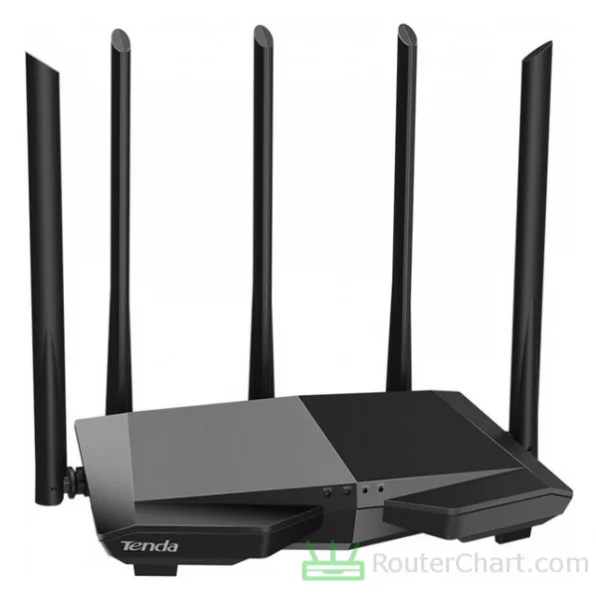
Wireless
| Antennas | 5 x 5 dBi fixed |
|---|---|
| 2.4 GHz | yes |
| 5 GHz | yes |
| 6 GHz | no |
| 60 GHz | no |
| Standards | IEEE 802.11a/b/g/n/ac |
| Class | AC1200 |
| Speed | 300 + 867 Mbps |
| Transmit power | 23 dBm |
| Security | WEP WPA WPA2 WPS |
| Guest network | yes |
The router supports the 2.4 GHz Wi-Fi. The 5 GHz band provides faster data transfer speeds compared to the 2.4 GHz band. This AC Wi-Fi router supports multiple spatial streams, typically up to 4 streams. The introduction of WPA2 (Wi-Fi Protected Access 2) improved upon WEP. It provides stronger security. The Wi-Fi Protected Setup (WPS) lets you join a safe wireless network with the push of a button or a simple PIN entry.
Connectivity
| USB ports | no |
|---|---|
| Print server | no |
| File server | no |
The AC7 router doesn't have file-server or print-server functionality.
Administration
| Default IP | 192.168.0.1 |
|---|---|
| Default username | [blank] |
| Default password | [blank] |
Changing the password often is a good security practice. It protects your network and devices from unauthorized access. Changing the default password improves your router's security. It reduces the risk of unauthorized individuals controlling your network.
Links
| Official site | https://www.tendacn.com/ |
|---|
Pros and Cons
Every router, including this Tenda one, has its good sides and not-so-good sides. Let's take a closer look at both to get a full understanding of what this router can do. Just remember, this is just what I think, and you might see things differently.
Pros
- sufficient memory
- IPv6 capable
- high-speed LAN port
- high-speed WAN port
- works on 5 GHz band
- WPS friendly
Cons
- insufficient flash
- missing Wi-Fi 6 support
- incompatible with WPA3
- no USB connectivity
Tenda AC7 photos
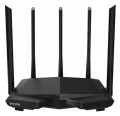
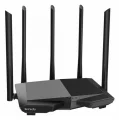
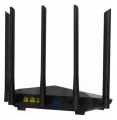
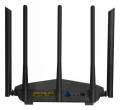

Tenda AC7 comparisons
We've noticed that many of our visitors like to compare the Tenda AC7 router with these popular models.
If there’s information about the Tenda AC7 that you would like to see on this site, then write to us.
Updated: June 23, 2024



